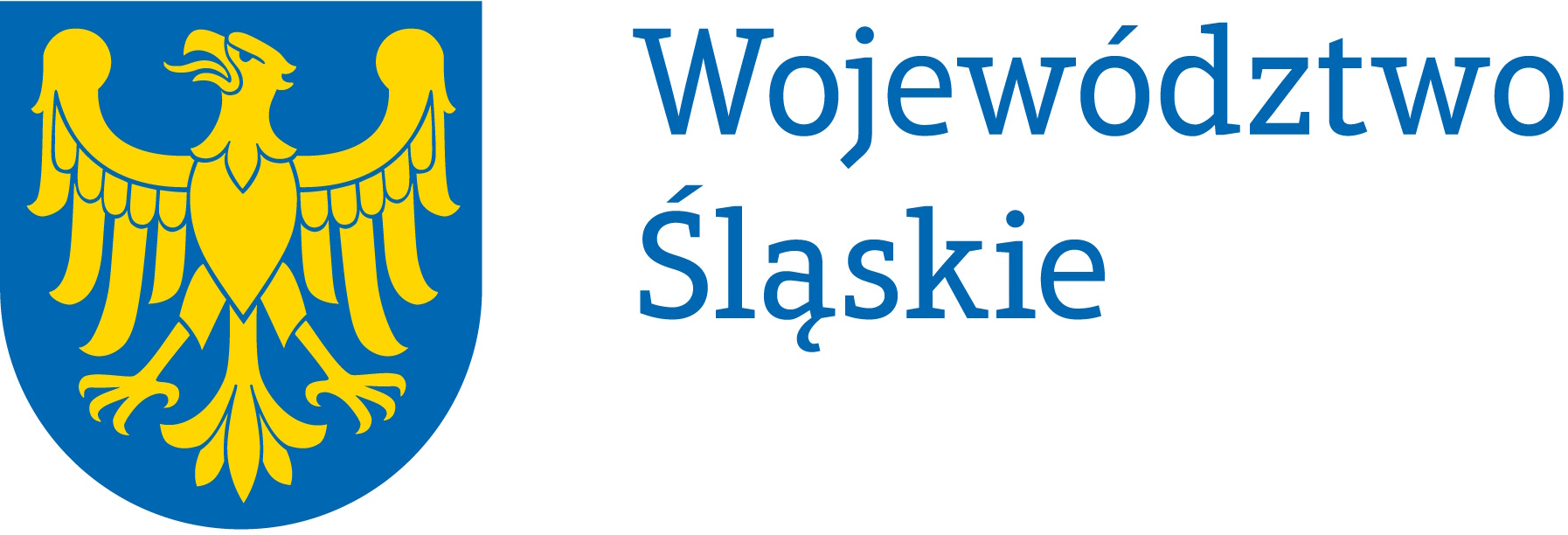Transport Infrastructure
4 out of 10 set out transport transeuropean network corridors run through Poland, two of which go through the Śląskie Voivodeship:
- corridor III - Berlin - Wrocław - Katowice - Krakow - Lvov
- corridor VI - Gdańsk - Katowice - Żylina
Within the area of the Śląskie Voivodeship, there are the historically formed, important railway routes, heading north-south and east-west, of which the three main railway lines are a part of the international „E" (AGC) network:
- E30 Dresden - Zgorzelec - Wrocław - Katowice - Krakow - Medyka - Lvov - Kiev - Moscow
- E59 Malmö - Ystad - Świnoujście - Zielona Góra - Wrocław - Racibórz - Chałupki
- E65 Gdynia - Warsaw - Katowice - Zebrzydowice - Ostrava - Vienna
ROAD TRANSPORT
The road infrastructure is influenced by the fact that Poland is a transit country. The privileged regions are those crossed by pan-European transport corridors, ensuring the development of a highway network. Two pan-European routes intersect in the Silesian Voivodeship: Corridor III (Berlin - Wrocław - Katowice - Kraków - Lviv) and Corridor IV (Gdańsk - Katowice - Žilina). Silesia is an area characterised by very good transport accessibility, not only due to its major routes, but also due to the very high density of the road infrastructure.
The region has an extensive public transport network - the tram tracks are nearly 340 km long. The Upper Silesian urban area plays an important role in the transport system. This is where the A1 and A4 motorways intersect. The direction dominant in the Upper Silesian urban area is east-west, delineated by the A4 and Drogowa Trasa Średnicowa (DTŚ). The total traffic flows in this direction in Katowice can shortly reach approx. 150,000 vehicles a day. Both highways have different functions: the motorway serves the long-distance traffic, including transit, while the DTŚ mainly serves local traffic and functions as an interurban route (it is referred to as "an interurban motorway").
RAIL TRANSPORT
Approx. 50% of the national rail transport takes place in the Silesian Voivodeship. Describing the rail infrastructure in Silesia, it is necessary to mention the railway node in Tarnowskie Góry - one of the largest railway nodes in Europe. Communication between Bielsko-Biała, Katowice and Warszawa is provided by the Central Rail Line (Centralna Magistrala Kolejowa, CMK), and between Katowice and Gdańsk - the Port Line (Magistrala Portowa); the two are used to ship most products from the voivodeship. Moreover, owing to the CMK, the journey from Katowice to Warszawa (297 km) takes a shorter time. Major railway routes run through the region, three of which are AGC international railway routes:
- E30 (Dresden - Zgorzelec – Wrocław – Katowice – Medyka – Lviv – Kiev – Moscow),
- E59 (Malmö – Ystad – Świnoujście – Zielona Góra – Wrocław – Racibórz – Chałupki),
- E65 (Gdynia – Warszawa – Katowice – Zebrzydowice – Ostrava – Vienna).
The Euroterminal in Sławków, having an internal railway network comprising both wide-gauge and European-gauge tracks, also plays an important part, being a link in the freight flow on the Asia/Far East - Western Europe axis. The Polish section of the wide-gauge railway is the Linia Hutnicza Szerokotorowa, the westernmost 1520 mm-gauge railway line in Europe.
AIR TRANSPORT
The Voivodeship's transport attractiveness is even higher due to the International Airport in Pyrzowice and the vicinity of the of two international airports: in Balice (nr. Krakow) and in Ostrava, in the Czech Republic.
When compared to other airports in Poland, The Katowice International Airport differentiates for its lowest number of 'no flights' days owing to the exceptionally convenient weather conditions that prevail here.
The "Katowice: IAP has direct international connections with, among others, Frankfurt and Düsseldorf and via these airports practically with the whole world. The permanent growth in the number of connection is observed, including with such cities as Dortmund, Dublin, Cologne, London, Milan, Paris and Rome. The airport in Katowice is characteristic of fast growth of passenger traffic.
Katowice International Airport is located in Pyrzowice, about 30 km of Katowice. It is mainly used by passengers from the south of Poland, but also from the Czech Republic and Slovakia. Katowice International Airport is currently one of the key elements of the transport infrastructure of the voivodeship. The local weather and terrain conditions are much better than at other Polish airports.
Katowice International Airport had an 10% share of the market, ranking 4th in the country - right behind Warsaw Chopin Airport, John Paul II International Airport Kraków–Balice, and Gdańsk Lech Wałęsa Airport.
Katowice International Airport also plays an important role in cargo transport.

